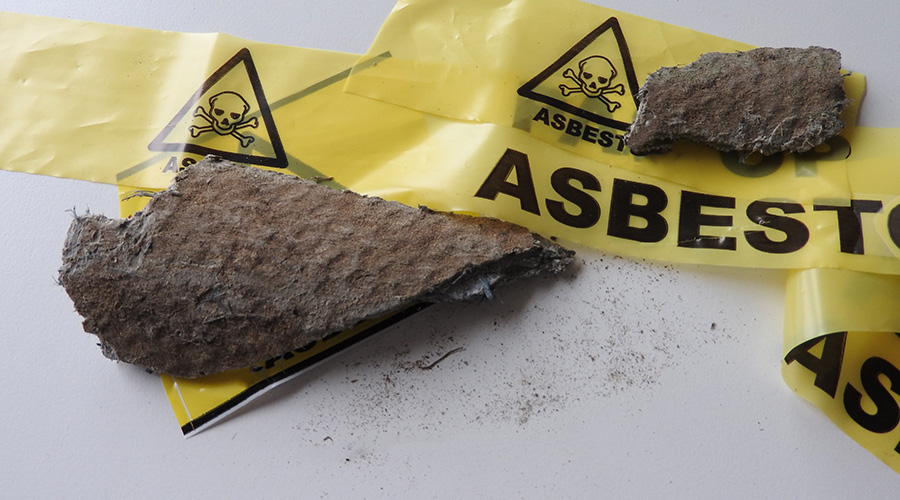NFPA 3 and NFPA 4 Cover Commissioning, Testing of Building Fire Systems
The past few years have seen a jump in building system intelligence and controls integration, often focusing on energy management and comfort. The next few years will see more attention to integration on another front: new code language requiring integrated testing of fire and life safety systems.
The first step down that road was the release in 2012 of the brand new NFPA 3: Recommended Practice on Commissioning and Integrated Testing of Fire Protection and Life Safety Systems. It covers the commissioning and integrated testing of active and passive fire protection and life-safety systems, in non-mandatory language. Currently in the works is NFPA 4: Standard for Integrated Testing of Fire Protection Systems. NFPA 4 will lift Chapter 7 on integrated testing out of NFPA 3 and will be written in mandatory language. If approved, the technical committee draft on NFPA 4 will be available for public comment in April 2012.
Integrated testing is very different than the systems acceptance tests that are currently required. With the latter, the question is whether the fire alarm works. The former looks at the question of whether the fire alarm control panel is transmitting the alarm to the central station and releasing the door opening devices, for example, says Robert Solomon, division manager for Building and Life Safety Codes, NFPA. "It cuts across all the pieces of the system that might be affected."
One thing driving this recommendation is the changes in the building technology control systems. The intent of NFPA 4 is to ensure that systems function in the real world as they were drawn, says Matthew Klaus, a senior engineer at NFPA working on the standard. "You can have five designs drawn by five engineers, but nothing in the code that requires that they talk to each other."
Facility managers might want to familiarize themselves with NFPA 3 in preparation for NFPA 4. "It will be important for facility managers to be spec'd up and prepared for this higher level of system integration testing," says Solomon. Carl Baldassarra, executive vice president, The RJA Group, agrees. "These will change the responsibilities of owners, contractors and the design professionals," he says. "There will be more accountability. And there will probably be more expense in making sure that the systems going into buildings are functioning properly and will continue to function properly over the life of the building."
— Naomi Millán, senior editor
Related Topics:

















